The Nez Perce Reservation in what is now the state of Idaho has its origins in the 1855 Treaty of Walla Walla. Governor Isaac had come to the treaty council with area tribes with the intent of establishing two reservations in the region: one in Nez Perce country for the Nez Perce, Cayuse, Walla Walla, Umatilla, and Spokan, and one in Yakama country for the Yakama, Palouse, Klikatat, Wenatchee, Okanagan, and Colville.
Upon arriving at the treaty council, the Nez Perce put on a show of horsemanship and dancing. Governor Stevens fails to recognize the significance of the Nez Perce entrance. According to the Nez Perce Tribe:
“Our Nez Perce ancestors were not only honoring him as an important person: they were also demonstrating that the Nez Perce are a strong and important people who expect to be treated as equals.”
The man chosen by the United States to be the supreme chief of the Nez Perce was Lawyer, who was regarded by the Nez Perce as a tobacco cutter (a sort of undersecretary for Looking Glass, Eagle of the Light, Joseph, and Red Owl). Duncan McDonald, Eagle of the Light’s nephew, put it this way:
“In other words, for certain considerations he was prevailed upon to sign away the rights of his brethren-rights over which he had not the slightest authority-and although he was a man of no influence with his tribe, the government, as if duty bound on account of his great services, conferred upon him the title and granted him the emoluments of head chief of the Nez Perces.”
Today, there are about 3,300 Nez Perce tribal members, two-thirds of whom live on or near the reservation.
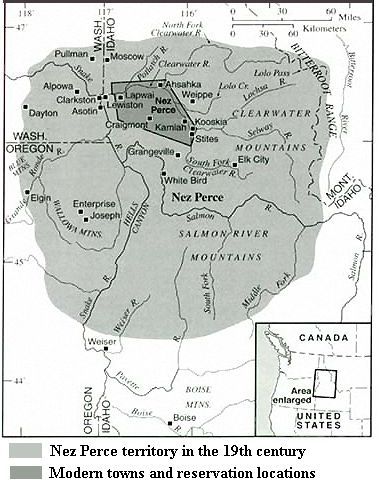
Kamiah:
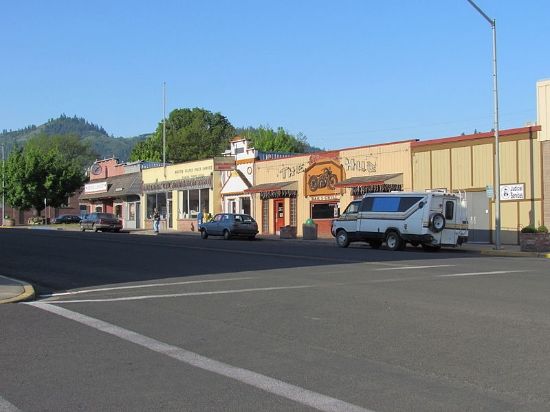
According to Nez Perce tradition, the people were created at Kamiah, on the Clearwater River. It was here that they had a winter village with a large longhouse. During the winter they would braid ropes from cannabis hemp and dogbane which would then be used in their basketry. Some sources feel that the name “Kamiah” means “tattered ends of hemp” while others feel it means “many rope litters.”
In 1805, the Nez Perce had their first recorded encounter with Americans when the Corps of Discovery under the leadership of Meriwether Lewis and William Clark came into their territory. The Americans had crossed over the Lolo Trail, a traditional route used by the Nez Perce in going to the buffalo country east of the Rocky Mountains. However, the season was late and the Americans floundered in snowstorms and almost starved. The Nez Perce found William Clark and six hunters from the Corps of Discovery sick with dysentery from gorging themselves on roots and fish. Nez Perce warriors considered killing the sick men for their rifles, but they were stopped by a Nez Perce woman, Watkuweis, who had been captured by the Blackfoot and sold to an American trader before returning home. She had been treated well by the trader, so she asked the warriors not to hurt the Americans.
On their way home in 1806, the Corps of Discovery camped with the Nez Perce at Kamiah.
Today, Kamiah has a population of about 1,300.
Lapwai:
The Nez Perce word “Lapwai” means “butterfly” and refers to the many butterflies that gather in the area. The community began as a Presbyterian mission established by Henry Spalding in 1836. Spalding gave the name Lapwai to the new community.
Fort Lapwai was established in 1863 by the U.S. Army for the purpose of keeping non-Indians off the reservation. The fort was abandoned in 1884.
Today, Lapwai is the capital of the Nez Perce nation and has a population of about 1,144.
Ahsahka:
Ahsahka appears to come from the Nez Perce word that means “the spot where two rivers meet.” The community is located on the north fork of the Clearwater River. Presbyterian missionaries established a church here for the Nez Perce in 1884.
Kooskia:
The name “Kooskia” comes from the Nez Perce name for the Clearwater River: Kooskooskee. In actuality, Kooskooskee means “this is smaller” and probably comes from their attempts to explain to Lewis and Clark that there were two rivers: the Clearwater (the smaller one) and the Snake (the larger one). The Nez Perce word for Clearwater is “Kaih-kaih-koosh.”
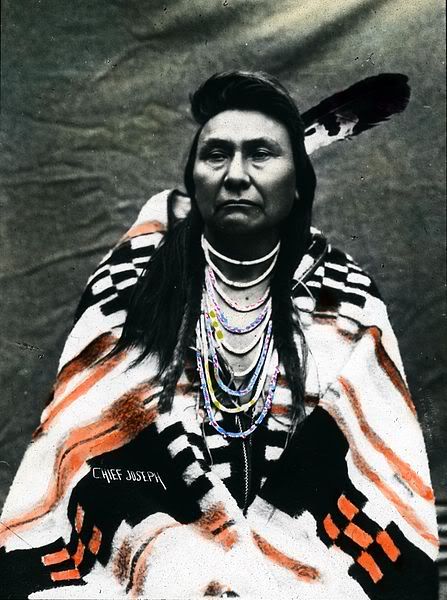
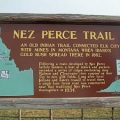
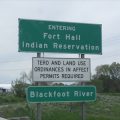
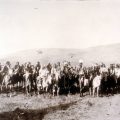
Leave a Reply